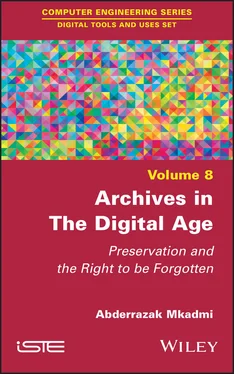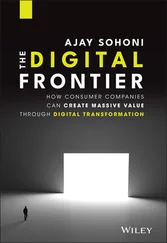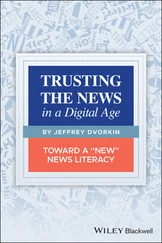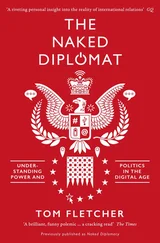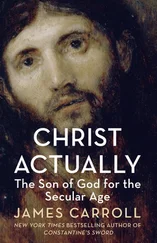January 2021
Today, archives represent, in almost all the meanings of different countries, all documents, whatever their date, nature or medium, produced or received by any individual or legal entity in the course of their administrative activities. These documents are kept for their information, proof and/or testimony value. The term “archives“ also refers to the place where these documents are kept (building or conservation premises). In addition to being evidence and guarantors of rights, archives can also be objects of historical and scientific research. As a result, the majority of states have developed archive services open to the public and legal texts that oblige administrations to hand over to these services those documents that no longer have administrative, financial and/or legal value and that have historical and/or scientific value.
Archives can be public, i.e. created by public bodies or entrusted with a public service mission, such as public establishments, consular services and ministerial officers. They can also be privately owned by individuals, families, associations or companies and are donated to the public archives through donations, deposits, legacies and other means. The distinction between these two categories is not always easy to make, because of the overlap that there may be in the documents of a politician, for example, between official functions and private activities arising from his or her responsibility to a party or parliament.
Moreover, whatever their category, archives are subject to two types of provisions. On the one hand, provisions concerning current and temporary archives based on the theory of the three ages 1[PER 61]: a first active stage in which it acquires a primary value (mainly administrative with sometimes a financial and/or legal value) and a second intermediate stage in which it slightly loses its primary value and is accessible only when needed. On the other hand, there are specific provisions organizing the conservation and the communication of permanent archives by public archives (the last stage of sustainable archiving according to the three ages theory).
Archives are currently undergoing a transition from a predominantly analog environment to an increasingly digital world, and consequently from a material format to bit and byte encryption. This transition challenges us to adapt our working methods to this new hybrid environment. We talk more and more about digital archives. This term, which we will discuss in detail later, announces a priori the liberation of information from its material supports and the dissociation between content and medium. Following the deployment of IT tools in government agencies in the 1980s, the number of native digital archives has grown considerably.
In addition, archival services are called on to implement tools and methods to collect, classify, preserve and communicate to the public these new types of archives. Digital archiving is not storing data, but rather keeping them in an intelligent way in order to be able to exploit them over time and maintain their integrity and authenticity.
In addition, with these rapid transformations caused by the use of information technology tools, other types of documents are now being added to and stored in archives: email, databases, digital photographs, digital audiovisual content, social media exchanges and so on. With these technological transformations, we are witnessing an evolution of the notions and practices of the human and social sciences toward what we call “digital humanities”. This has led to the development of new tools and applications that promote access to and use of archives. This field of digital humanities can be identified through the unbridled movement of technologies made available to human beings to produce, manage and disseminate knowledge [BOU 17].
In addition, not only has there been a diversification of documents and the technological tools that have come into being, there has also been an explosion in the documents and information flows that we have to collect, preserve and disseminate. Indeed, companies produce a voluminous rate of information on a daily basis that can be estimated at thousands of terabytes. We are talking about Big Data or large data in the form of zetta or petabytes coming from different mobile technologies, social media, online transactions, objects and connected sensors [KAR 14].
However, this concern to preserve everything over a long period of time, generally represented by the right to remember, is confronted with another right, that of being forgotten. This right is often linked to the freedom of individuals who are condemned to living without privacy and without freedom in the face of the mistakes of their past [ARR 16]. The right to be forgotten, generally presented as a right to individuals to be able to erase everything, to make themselves disappear and/or not to keep information concerning them, runs up against expressions linked to memory, such as perpetuation and imprescriptibility.
In this book, we will focus on the possible conciliation of these two principles related to remembering and forgetting. This is a task that does not seem easy, but it is possible when we already know all the work that has been done on the protection of personal data (data processing and freedoms) in view of the rights relating to information, access to administrative documents, transparency and so on. More work is needed on the conformity of legal texts related to both the right to remember and the right to be forgotten. “From this point on, it is no longer a question of ‘memory at all costs’ [LEG 02], but of a collective memory that respects the freedoms of individuals and their legitimate aspiration to be forgotten by society” [ARR 16].
Chapter 1introduces the concept of a digital archive, the elements of the concept and the basic tools for managing the archive, namely, directory of typical files, functional classification scheme (also known as a file plan/a classification scheme) and retention schedule. This chapter also explains the various relationships between digital archives and technologies, such as electronic records management and records management.
Chapter 2discusses in more detail the concept of digital archiving, its different meanings and the various standards and norms governing it, such as the NF Z 42-013 standard, now the international standard ISO 14641, which focuses on the specifications and technical and organizational measures relating to the recording, archiving, consultation and communication of digital documents. It also addresses the NF 461 standard, which represents a certification of the conformity of organizations, as well as the NF Z 42-013 standard and its equivalent ISO 14641-1, which concerns the operation of a digital archiving system. It then presents the ISO 14721 standard, also called “OAIS” (Open Archival Information System), the ISO 19005 standard, called “PDF/A” the perpetuation of data, and another series of standards related to management processes and metadata of business documents. Another part of the chapter is devoted to the methodology for implementing a digital archiving system. Finally, special attention is given to the actions and processes for archiving audiovisual documents and emails in view of their specificities and their place in business today.
Chapter 3tries to position the issue of digital archives in what we now call the era of digital humanities. The challenge is to see to what extent the digital humanities have changed archives, their tools, their functionality and their methods of preserving documents. A detailed presentation of the various definitions of digital humanities and their relationship to digital archives will be given with examples of platforms and software, and how to place digital humanities at the heart of long-term preservation.
Читать дальше
